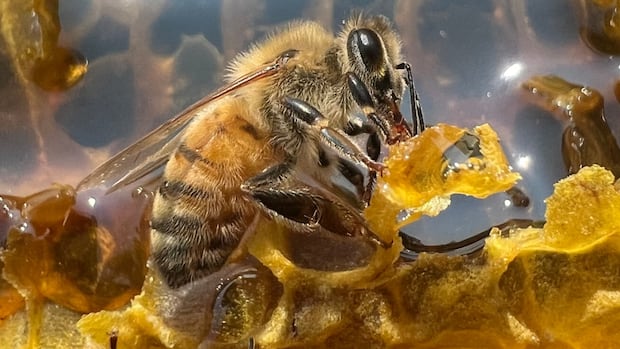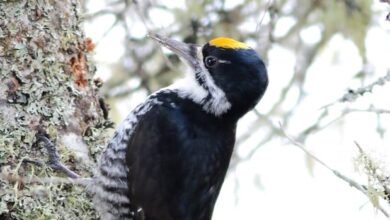Snowy owl labelled threatened by expert group — and humans are primarily to blame

The snowy owl, Quebec’s iconic avian emblem and Harry Potter’s beloved companion, is facing a serious threat of becoming endangered if immediate action is not taken to reverse the factors affecting its survival. This week, the Committee on the Status of Endangered Wildlife in Canada (COSEWIC) classified the species as threatened in the country. However, the official recognition of this status by the governments of Canada and Quebec is still pending.
The Ecomuseum Zoo in Sainte-Anne-de-Bellevue, Que., has raised concerns about the declining population of snowy owls and has urged the provincial government to act swiftly. David Rodrigue, the zoo’s executive director, highlighted various human-induced factors contributing to the decline of snowy owls. One of the major issues is the decrease in lemming populations, which are a primary food source for snowy owls. The changing climate conditions in the Arctic have made it challenging for lemmings to survive, leading to malnourishment and population crashes among snowy owls.
Additionally, snowy owls that migrate to southern regions during winter, such as Montreal and the South Shore, are at risk of ingesting rodents poisoned by agricultural rodenticides. This further impacts the owl population, preventing their natural recovery. Rodrigue emphasized the interconnectedness of ecosystems, likening it to a game of Jenga where the removal of certain species can cause a collapse of the entire system.
COSEWIC’s designation of the snowy owl as a threatened species is based on a significant population decline of over 40% in the past 24 years. Louise Blight, co-chair of COSEWIC’s bird specialist sub-committee, stressed the importance of addressing various threats such as sea ice loss, electrocution, and avian influenza to protect the species. Responsible rodent control measures, environmentally friendly agricultural practices, and climate change mitigation efforts are recommended to reverse the declining trend.
Guy Fitzgerald, a clinician at the Université de Montréal’s birds of prey clinic, highlighted human threats faced by snowy owls, including collisions with cars and power lines. He emphasized the need for public education to protect these majestic birds and maintain ecological balance. The lack of sufficient data on snowy owls in Quebec is a concern, and Rodrigue called for the provincial government to take proactive steps to safeguard the species.
As efforts are being made to evaluate the status of snowy owls in Quebec, there is a growing urgency to address the threats impacting their survival. The classification of the snowy owl as a threatened species should serve as a wake-up call for conservation efforts and the preservation of Quebec’s majestic avian emblem. It is crucial to take immediate action to ensure the long-term survival of these iconic birds and protect the biodiversity of our ecosystems.




